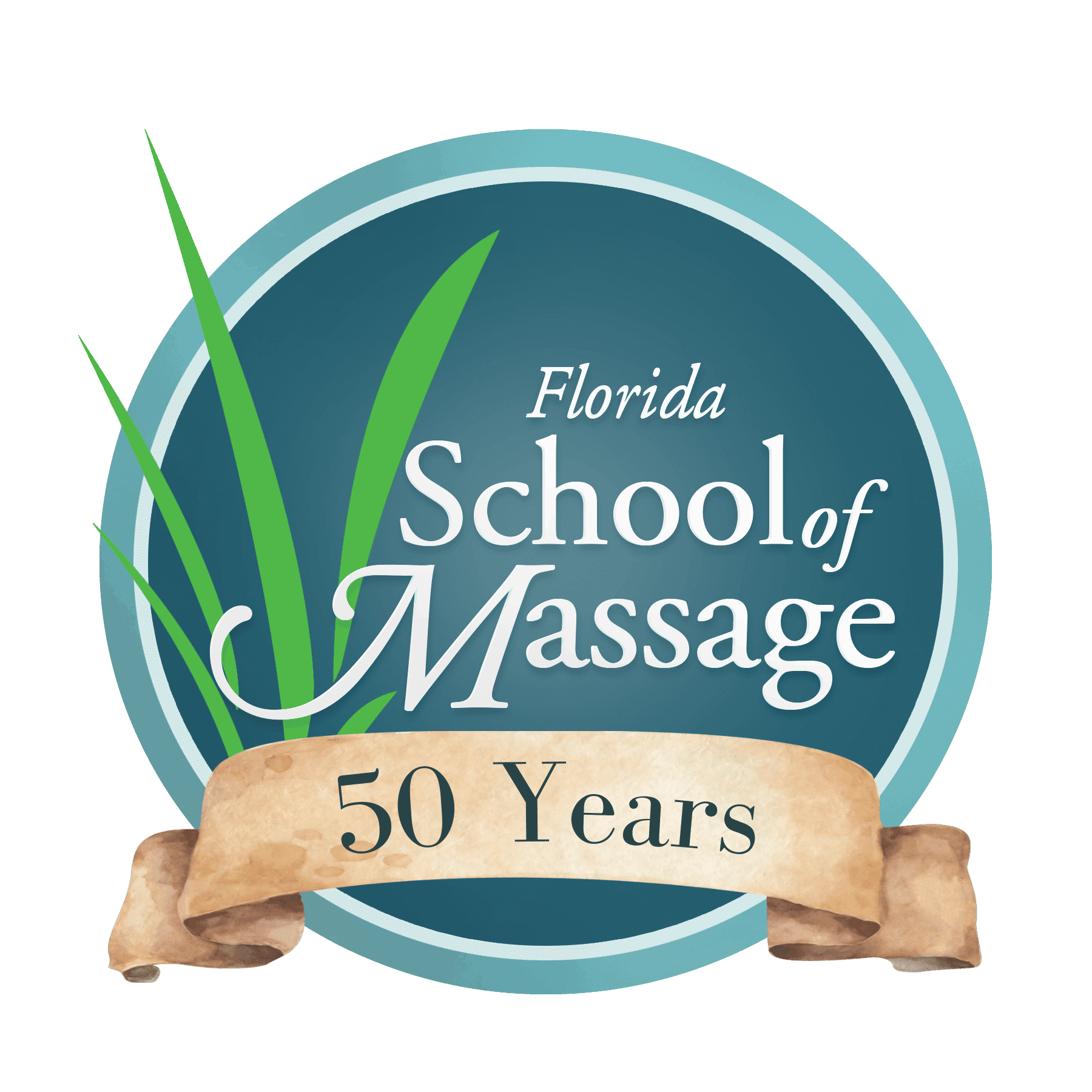By Pete Whitridge
I’ve been revisiting some of my favorite chapters from James Nestor’s book Breath: The New Science of a Lost Art and watching some YouTube interviews with him. What always strikes me is the importance of how our physiology can be invigorated by simple embodiment practices. Lung capacity can be increased through daily practice of expanding and contracting the diaphragm and holding air in our lungs to stretch and enlarge the lung. Freedivers are great examples of people who have trained to expand their lung capacity in preparation for deeper and deeper dives. Some divers have increased their capacity by up to 40% through consistent practice.
In our massage practice, clients will benefit from slow, gentle touching of the ribs and diaphragm while exhaling slowly for as long as possible (10 to 30 seconds). This exercises the diaphragm and increases carbon dioxide levels in the blood which in turn, allows more oxygen to be delivered into tissues throughout the body. This also helps to stimulate changes in the connective tissues, which supports improvement in the shape, texture, and size of the ribcage, enhancing lung capacity.
Nestor reminds us of the importance of slow breathing for spiritual health. The rate of 5-6 breaths per minute mimics common mantras and prayers from various religious traditions around the world. Buddhism’s chant om mani padme hum and the Catholic recitation of the rosary are almost exactly 6 breaths per minute. In Nestor’s words, “Prayer heals, especially when it’s practiced at 5.5 breaths a minute.” Pranayama (breath control) is an intrinsic part of many meditation and yoga practices. As the late Zen Buddhist monk Thich Nhat Hanh stated, “Feelings come and go like clouds in a windy sky. Conscious breathing is my anchor.”
Rhythmic breathing has also been adopted by many medical practitioners, both traditional and alternative, to aid their patients with sleep or anxiety issues. A common and useful breath pattern is the 4-7-8 technique. This practice was developed by Dr. Andrew Weil and while scientific research is still somewhat limited, anecdotal evidence supports the effectiveness of this and other deep, rhythmic breathing patterns.
This technique is practiced as follows: place the tongue behind the teeth against the roof of the mouth; fully empty the lungs; inhale quietly through the nose to a count of 4; hold the breath for a count of 7; exhale forcefully through the mouth with pursed lips to a count of 8. Repeat the cycle for 4 rounds, increasing the number of rounds as the technique becomes comfortable. It is recommended to practice this technique while sitting or lying down to prevent a loss of balance should lightheadedness occur.
In the Dynamics of the Breath workshop, we will focus on rhythmic breathing along with many other massage and embodiment techniques to enhance respiratory wellness. We have a wonderful group of therapists signed up for the class and I’m looking forward to being back at the school as springtime starts to unfold on Paynes Prairie.
Join us by registering here: https://www.whitridgewellness.com/store/p46/Registration350.html
I have three more CE workshops, and two Big 3 Required classes scheduled in Gainesville through August. Come enjoy a bodywork weekend, reconnect with the school, and have fun with me in class.
Visit our website: whitridgewellness.com for more information and registration for any of my upcoming classes.



